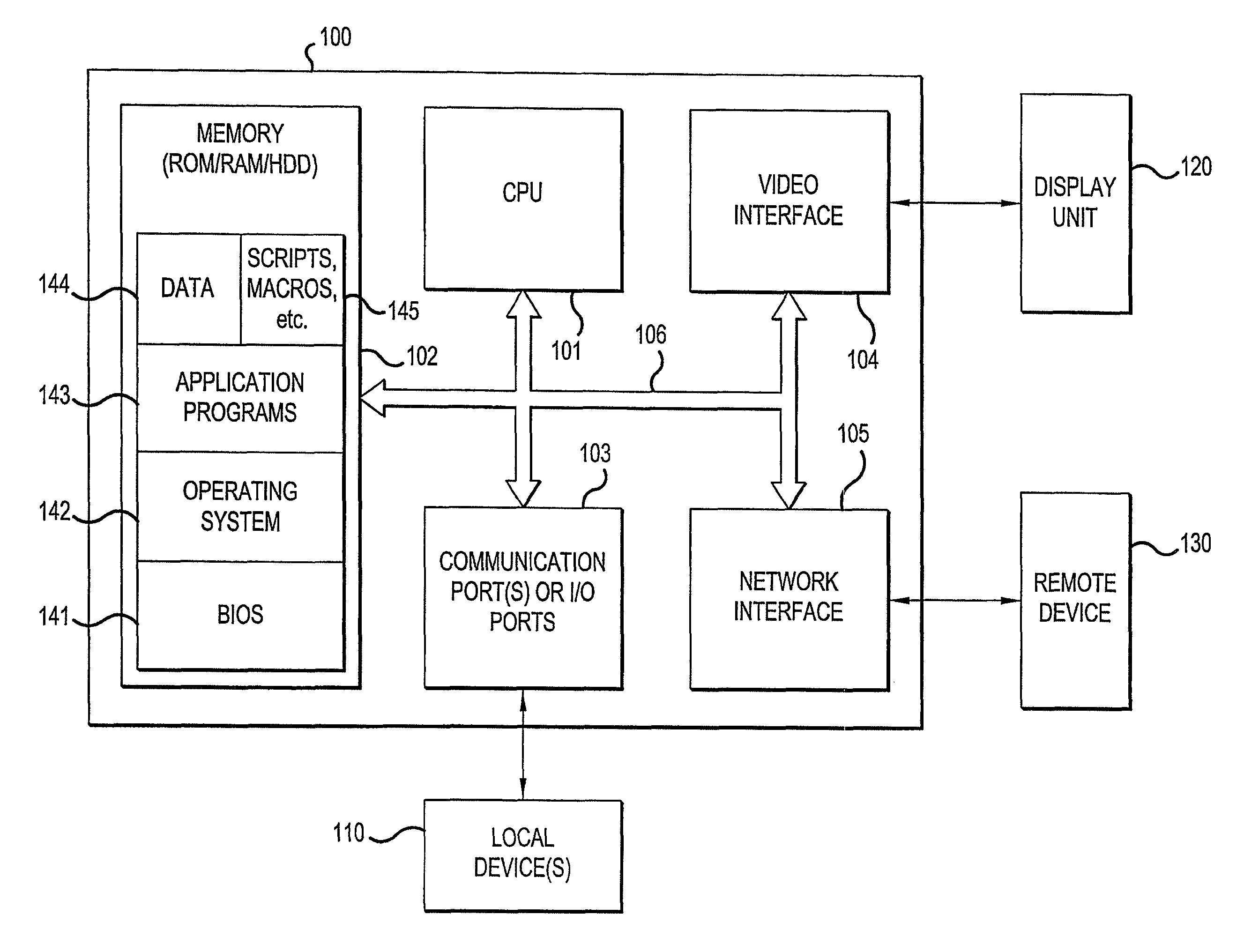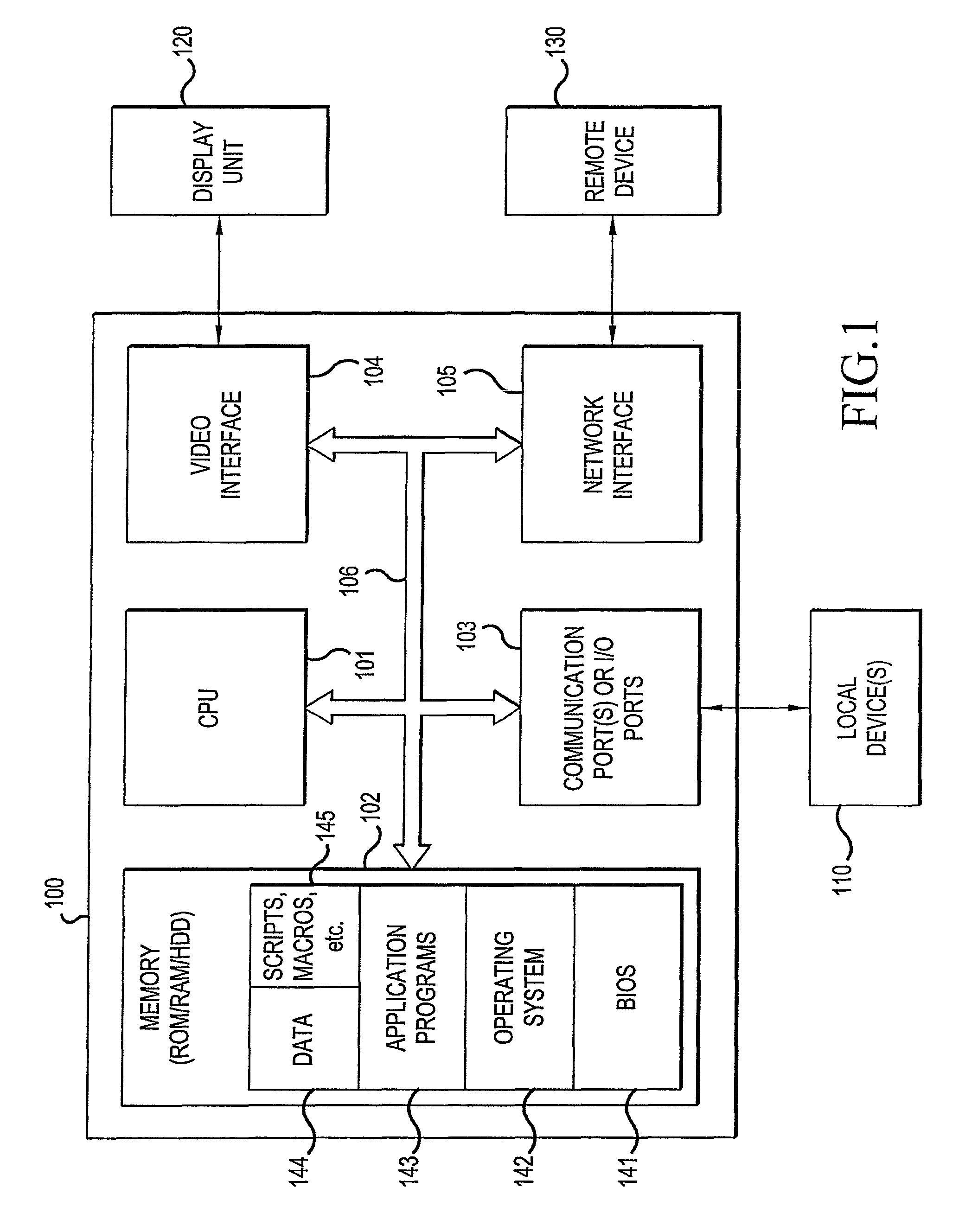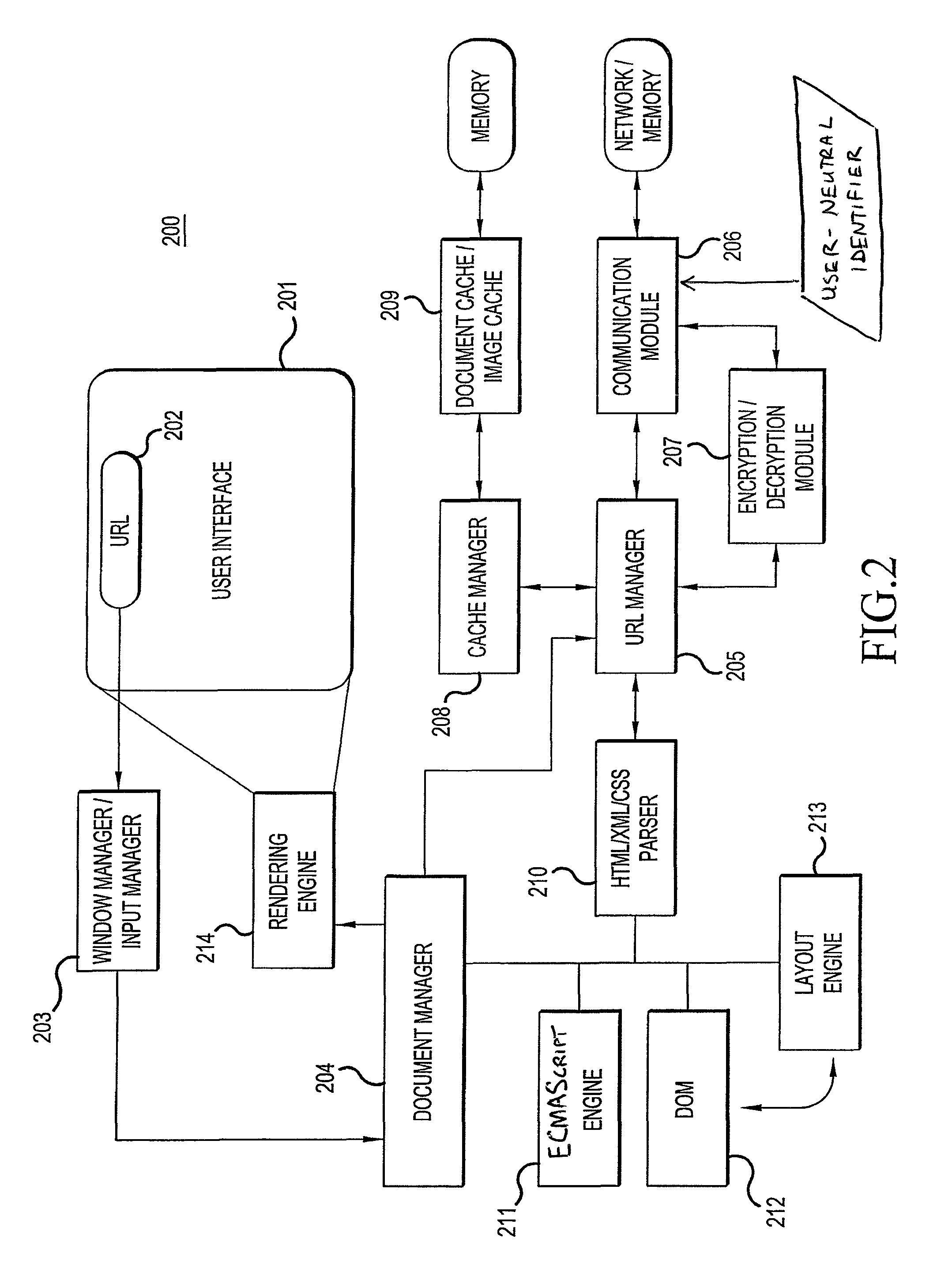Server side mobile audience intelligence creation
a technology of audience intelligence and server side, applied in the field of collecting information from web browsers, can solve the problems of inability to store inability to operate as well in mobile environments, and inability to use cookies in mobile environments, so as to create market intelligence and improve user experience. the effect of browsing experien
- Summary
- Abstract
- Description
- Claims
- Application Information
AI Technical Summary
Benefits of technology
Problems solved by technology
Method used
Image
Examples
Embodiment Construction
[0025]The present invention seeks to improve information gathering and reporting with regard to users' Internet browsing activity. Particularly, exemplary embodiments of the present invention are designed to provide information about a particular user's interests and behavior, as exemplified by that user's browsing activities across multiple web sites and site visits, while enhancing user privacy and empowering the user to restrict the ability of websites to follow him / her across Internet sessions. Using this information, the particular user's browsing experience may be improved (e.g., by tailoring a website to his / her interests), and market intelligence can be obtained.
[0026]The principles of the present invention may be implemented in a mobile environment in which users are able to browse the Internet using their mobile devices (phone, tablet computer, etc.), e.g., via a 3G or 4G-compliant network. However, the present invention is not limited to a mobile implementation, and the p...
PUM
 Login to View More
Login to View More Abstract
Description
Claims
Application Information
 Login to View More
Login to View More - R&D
- Intellectual Property
- Life Sciences
- Materials
- Tech Scout
- Unparalleled Data Quality
- Higher Quality Content
- 60% Fewer Hallucinations
Browse by: Latest US Patents, China's latest patents, Technical Efficacy Thesaurus, Application Domain, Technology Topic, Popular Technical Reports.
© 2025 PatSnap. All rights reserved.Legal|Privacy policy|Modern Slavery Act Transparency Statement|Sitemap|About US| Contact US: help@patsnap.com



